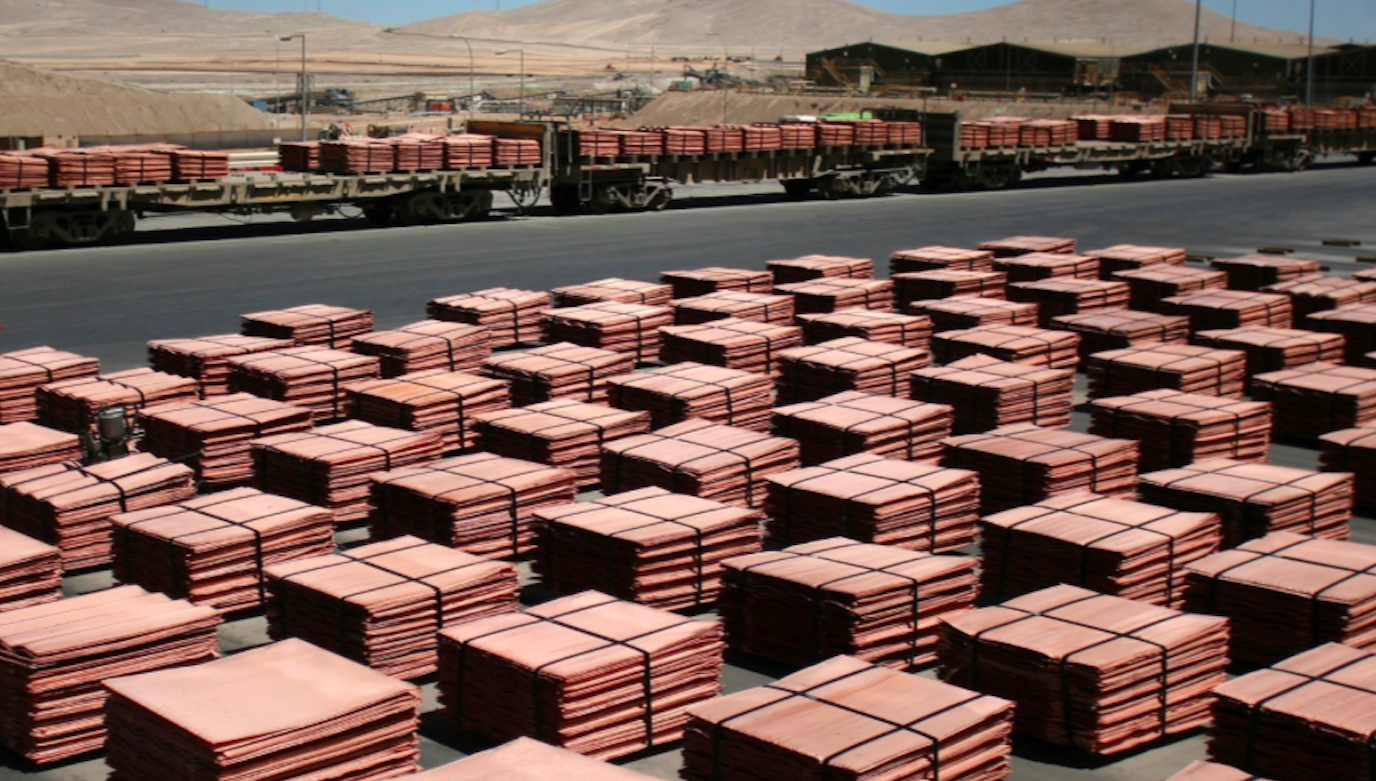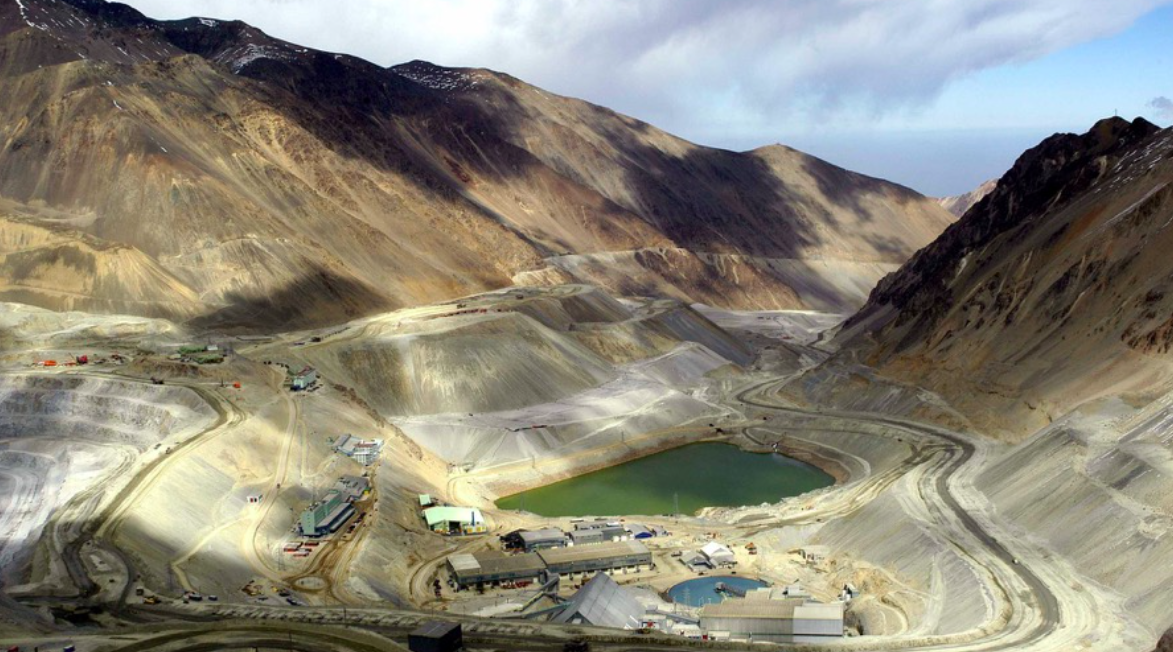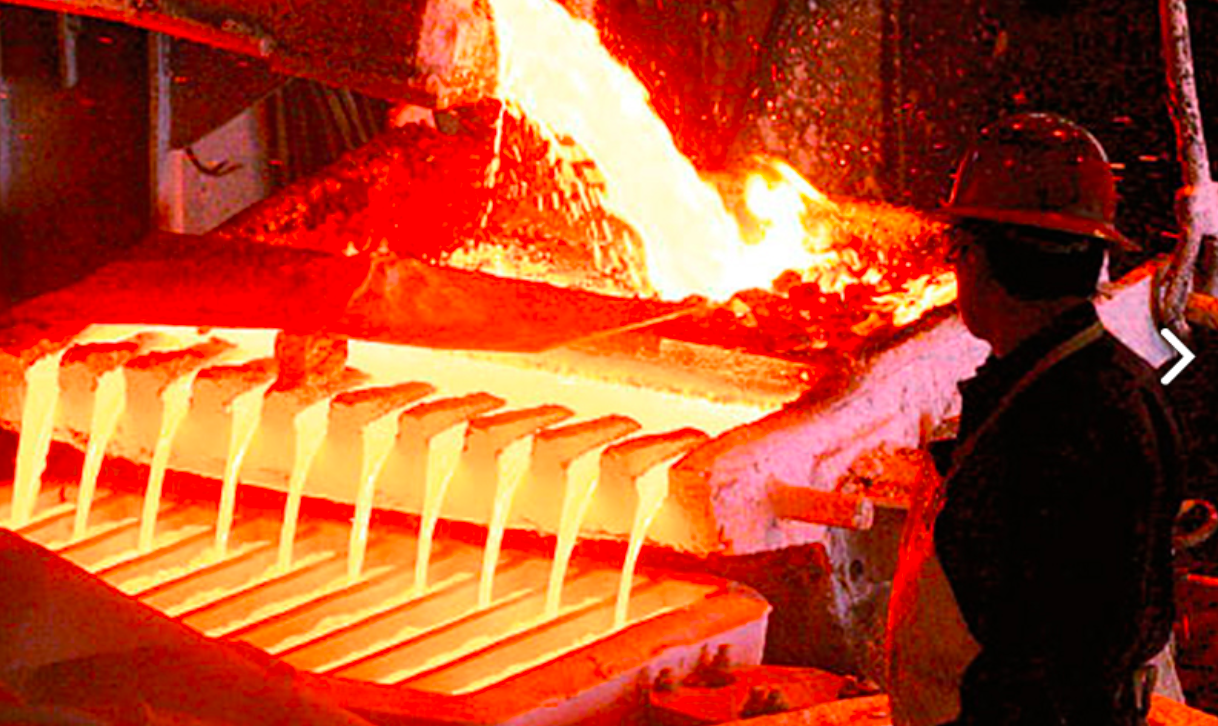RIO DE JANEIRO, BRAZIL – Copper mines in Chile are reporting negative results. Antofagasta Minerals, part of the Luksic Group, reported a 24.2% decline in its copper production in the first quarter of this year compared to the same period in 2021, it said in a statement.
The copper company attributed the decline from 183,000 tons of fine copper between January and March last year to 138,800 tons in the same months of 2022 to the country’s water crisis. Ivan Arriagada, CEO of Antofagasta Minerals, said the result was due to the ongoing drought in the Coquimbo region, where Minera Los Pelambres is located, and a drop in grades at Minera Centinela’s sulfide line.
Read also: Check out our coverage on Chile

But it is not only these reasons that explain the poor performance, but also operational problems. BHP Group Ltd, which manages major operations in Chile, reported a 10% drop in production of the red metal between July and March to 1.112 million tons worldwide, including Olympic Dam (Australia) and Antamina (Peru).
The Anglo-Australian company operates Escondida, the world’s largest copper deposit in Chile, where production fell 13% year-on-year to 715,000 tons in the January-March 2022 quarter. According to a statement, the decline was mainly due to “lower grades in the current mining area, the impact of staff reductions” due to Covid-19 and “supply chain disruptions.”

Earlier this month, the government of Gabriel Boric sued BHP and other mining companies for alleged environmental damage in the northern Salar de Atacama. However, this was denied by the companies.
Despite the challenging outlook, Escondida achieved record mined material between July 2021 and March 2022. “The production estimate for fiscal 2022 has been reduced from a range of 1.020 million tons to 1.080 million tons to between 1.000 million tons and 1.030 million tons, due to the impact of the increase in Covid-19 cases and supply chain disruption,” the company said.
Anglo American, which is responsible for three mines in the country, was no different, recording a 13% decline to 139,500 tons of copper between January and March compared to the same quarter of 2021, mainly due to the severe drought in the country.
The reports are a magnification of what the Chilean Copper Commission (Cochilco) claims in its usual reports, in which it reported some declines in the production of the red metal in recent months. The latest document, published on April 8, indicates that there was a 7.2% decline between January and February compared to the same months last year.

FOCUS ON SUPPLY
In the copper market, Chile accounts for more than a quarter of global supply. For this reason, the eyes of many nations are focused on the development of deposits on Chilean soil.
Cochilco Mining Market Coordinator Víctor Garay indicated that refined copper supply is expected to reach 21,879,000 tons in 2022, up 3.6% from last year, while demand will reach a total of 25,219 tons (up 1.9% from 2021). This would put the market deficit at 104,000 tons of copper, he explained during the presentation of the quarterly report of the copper market a few days ago.
The state-owned company expects production in 2023 to increase by 5.6% compared to the current year, while supply will increase by 2%, resulting in a surplus of 329,000 tons of copper on the market. In 2022, the country is estimated to reach a production level of 5.78 million tons – 2.6% more than in 2021.

“EXCELLENT NEWS”
The world market, characterized by low reserves, is experiencing an increase in the cost of metals, caused in part by the great uncertainty due to the war between Russia and Ukraine. Cochilco raised its copper price forecast for this year significantly from its previous forecast, from US$3.95 per pound of copper to US$4.40. The adjustment for 2023 was from US$3.80 to US$3.95 per pound of copper.
Mining Minister Marcela Hernando said a few days ago that this increase of more than 40 cents was “excellent news for Chile” because it would improve the “investment environment for mining countries” in the global scenario. “It should be noted, however, that not all of the price increase will be reflected in tax revenues, since the prices of fuels, steel, maritime transport and mining inputs in general have also increased, so we must be very careful with estimates based solely on the price of copper,” she concluded.

